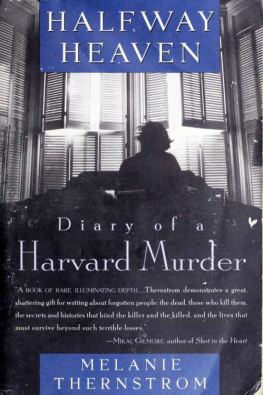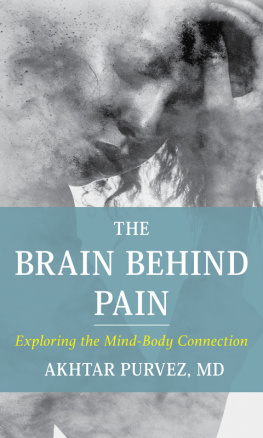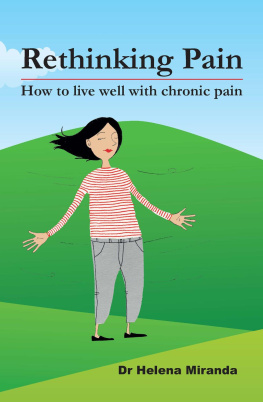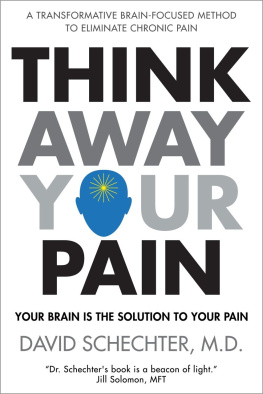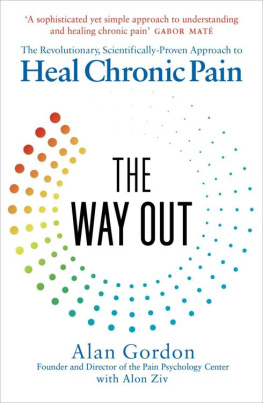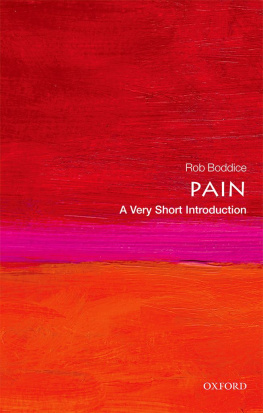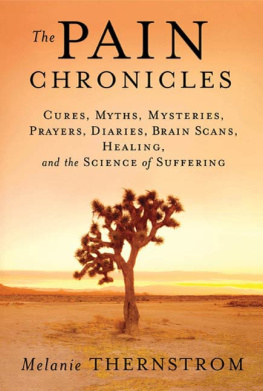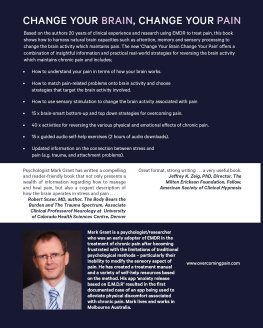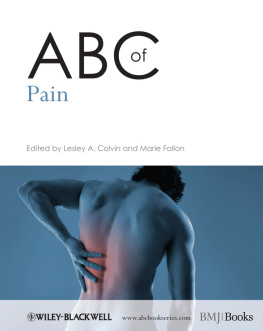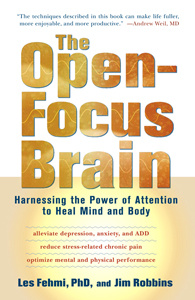ALSO BY MELANIE THERNSTROM
Halfway Heaven: Diary of a Harvard Murder
The Dead Girl
THE PAIN CHRONICLES
THE PAIN CHRONICLES
Cures, Myths, Mysteries, Prayers, Diaries, Brain Scans, Healing, and the Science of Suffering

MELANIE THERNSTROM
Farrar, Straus and Giroux New York
FARRAR, STRAUS AND GIROUX
18 West 18th Street, New York 10011
Copyright 2010 by Melanie Thernstrom
All rights reserved
Distributed in Canada by D&M Publishers, Inc.
Printed in the United States of America
First edition, 2010
Grateful acknowledgment is made for permission to reprint the following previously published material: Final Soliloquy of the Interior Paramour, from The Collected Poems of Wallace Stevens by Wallace Stevens, copyright 1954 by Wallace Stevens, renewed 1982 by Holly Stevens. Used by permission of Alfred A. Knopf, a division of Random House, Inc. Excerpts from The Poem of the Righteous Sufferer, translated by Benjamin R. Foster, from Before the Muses: An Anthology of Akkadian Literature. Used by permission of CDL Press.
Library of Congress Cataloging-in-Publication Data
Thernstrom, Melanie, 1964
The pain chronicles : cures, myths, mysteries, prayers, diaries, brain scans, healing, and the science of suffering / Melanie Thernstrom.1st ed.
p. ; cm.
Includes bibliographical references and index.
ISBN 978-0-86547-681-3 (hardcover : alk. paper)
1. PainPopular works. I. Title.
[DNLM: 1. PainetiologyPersonal Narratives. 2. Chronic DiseasepsychologyPersonal Narratives. 3. Chronic DiseasetherapyPersonal Narratives. 4. PainpsychologyPersonal Narratives. 5. PaintherapyPersonal Narratives. WL 704 T411p 2010]
RB127.T485 2010
616'.0472dc22
2010002390
Designed by Abby Kagan
www.fsgbooks.com
1 3 5 7 9 10 8 6 4 2
Some names, certain locations, and identifying details of people have been changed to protect their privacy.
For my parents
Dolor dictat
CONTENTS
THE PAIN CHRONICLES
Imagine, as I imagine, a community of consumptives, coughing blood in a progressive nineteenth-century mountain sanatorium. Their well-regulated hospital life includes the most modern of treatment protocols: antiquated purging and bloodletting have been replaced by mineral baths, good nutrition, mountain air, and heliotherapysunbathing. Yet attitudes have not evolved very far from those of Hippocrates, who, in the fifth century B.C.E. , warned colleagues against visiting patients who had advanced consumption (the most prevalent disease of the time), because their inevitable deaths might damage the physicians reputations.
Through the centuries, there were many theories about consumptions causesheredity, evil spirits, vampirism, vapors, sewage, swampland odors, and corruption within the body. In the nineteenth century a fashionable conception of the disease was as a spiritualizing struggle between the body and the soul, in which the mortal flesh was slowly consumed in a way that heightened both beauty and creativity. But in the spring of 1882, a German physician identified Mycobacterium tuberculosis. Four thousand years of myth vanished in a moment as the bacterium materialized under the microscope. Although everything about the presentation of the disease, from sufferers glittering eyes to their disappearing flesh, had lent itself to metaphor, science abruptly dissented. Consumption became tuberculosisa disease, not a state of being. Although the cureantibioticswas still half a century away, there was a diagnosis.
In Illness as Metaphor, Susan Sontag describes the transformation of consumption into TB as an archetypal example of a process by which diseases are understood metaphorically until their pathology becomes clear. The philosopher Michel Foucault captures this process in postulating that modern medicine began when doctors stopped asking patients, What is the matter with you?a question that invited a complex personal responseand began asking, Where does it hurt? instead, a question that focuses solely on biology.
Although these processes are driven by scientific discoveries, social attitudes have to shift in order for science to investigate. Moreover, people have to believe scientific findings before they act upon them. From a distance, one paradigm seems to succeed another in the blink of historys eye, but in their era they surrender slowly, and lives are lived and lost in the interim. Ideas can be slow to catch on: germ theory, for example, had been articulated but not popularized by the time of the Civil War, so soldiers blithely drank from rivers that other regiments used as toilets upstream. And there are always naysayers: bloodletting was discredited years before George Washington was bled on his deathbed by his physicians. Nitrous oxide and ether (the gases used for the first form of surgical anesthesia) had been discovered decades before anyone thought to employ them during agonizing operations.
How did the news of the discovery of tuberculosis arrive at the sanatorium? Did the residents read of it in the newspaper? Did their relatives pay a visit or send a telegram? Its not youits a bacterium! Strangeyou seemed so consumptive. Did the news make them rethink the story of their sickness and realize it had nothing to do with a spiritualizing struggle? Or did they regard the news in the way one takes in scientific advances about black holes or the bones of primitive maninteresting, but personally irrelevant? After all, there was still no cure. Or perhaps the news never reached the sanatorium, and the consumptives perished on the magic mountain, imprisoned not only by disease, but by a host of lonely meanings.
Wouldnt understanding the nature of their suffering itself have been therapeutic? Even in the absence of treatment, epileptics may benefit from knowing that they are not possessed by spirits, and it may help depressed people to know that their condition is not a failure of character. Surely the consumptives would have felt relief, mixed with wonder, to finally know what their disease wasand what it was not. It was not a curse. It was not an expression of personality or a punishment. For better and for worse, it was and is a disease.

To be in physical pain is to find yourself in a different realma state of being unlike any other, a magic mountain as far removed from the familiar world as a dreamscape. Usually, pain subsides; one wakes from it as from a nightmare, trying to forget it as quickly as possible. But what of pain that persists? The longer it endures, the more excruciating the exile becomes. Will you ever go home? you begin to wonder, home to your normal body, thoughts, life?
Ordinarily, pain is protectivea finely wired system warning the body of tissue damage or disease and enforcing rest for the bone to knit or the fever to run its course. This is known as acute pain; when the tissue heals, the pain disappears. When pain persists long after it has served its function, however, it transforms into the pathology of chronic pain. Chronic pain is the fraction of pain that nature cannot heal, that does not resolve over time, but worsens. It can begin in many waysas trivial as a minor injury or as grave as cancer or gangrene. Eventually, the tissue heals, the diseased limb is amputated, or the cancer goes into remission, and yet the pain continues and begins to assume a life of its own.
The doctor assures the patient she is fine, but the pain worsens, the body sensitizes, and other parts begin to hurt, too. She has trouble sleeping; she stumbles through her days. Her sense of her body as a source of pleasure changes to a sense of it as a source of pain. She feels haunted, persecuted by an unseen tormentor. Depression sets in. It feels wrong... maddening... delusional. She tries to describe her torment, but others respond with skepticism or contempt. She consults doctors, to no avail. Her original afflictionwhatever it may have beenhas been superseded by the new disease of pain.
Next page

